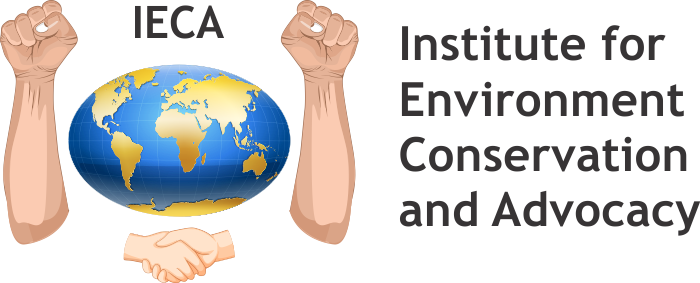Climate education as experiential learning involves hands-on activities, real-world experiences, and interactive learning opportunities to deepen understanding of climate change and its impacts. Here's how to implement climate education using experiential learning methods:
- Outdoor Field Trips: Take students on field trips to locations affected by climate change, such as coastal areas experiencing sea-level rise, glaciers affected by melting, or forests impacted by wildfires. These firsthand experiences help students see the effects of climate change and understand its local and global implications.
- Climate Simulations: Conduct climate simulations or role-playing activities where students take on the roles of stakeholders affected by climate change, such as farmers, policymakers, or environmental activists. This allows students to explore the complexities of climate-related issues and understand the challenges of decision-making in a changing climate.
- Hands-On Science Experiments: Engage students in hands-on science experiments related to climate change, such as measuring carbon dioxide levels in the atmosphere, investigating the greenhouse effect using simple models, or studying the effects of ocean acidification on marine life. These experiments provide tangible evidence of climate change concepts and encourage critical thinking skills.
- Community-Based Projects: Encourage students to work on community-based projects related to climate change, such as conducting energy audits, implementing recycling programs, or designing sustainable transportation initiatives. These projects empower students to take action in their communities and make a positive impact on reducing greenhouse gas emissions.
- Climate Data Analysis: Provide opportunities for students to analyze real climate data, such as temperature records, precipitation patterns, or carbon emissions data. By working with authentic data sets, students can develop data analysis skills and gain insights into the trends and impacts of climate change.
- Outdoor Observation and Documentation: Facilitate outdoor observation and documentation activities where students observe changes in their local environment related to climate change, such as shifts in plant blooming times, bird migration patterns, or changes in weather patterns. These observations help students develop a personal connection to climate change and recognize its impacts on ecosystems.
- Role of Indigenous Knowledge: Incorporate Indigenous knowledge and perspectives on climate change into the curriculum, highlighting the role of Indigenous communities as stewards of the environment and their traditional adaptation strategies. This promotes cultural understanding and respect for diverse ways of knowing about climate change.
- Climate Action Projects: Encourage students to develop and implement climate action projects that raise awareness about climate change, advocate for sustainable practices, or propose solutions to mitigate its impacts. These projects empower students to become climate change leaders and engage with their peers and communities.
By integrating experiential learning methods into climate education, educators can inspire students to become informed and engaged citizens who are equipped to address the challenges of climate change and contribute to building a sustainable future.

 Call :
Call :